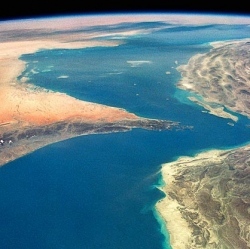
NASA has assembled a team of scientists to lay the first plans for a successor platform to the Hubble and James Webb telescopes. The project, currently in study phase, is being assessed for the requirements needed to create an advanced deep space observation platform.
Currently Hubble is without question NASA’s flagship deep space telescope, with each image it captures not only contributing to our scientific knowledge, but also representing a piece of art and inspiration that has captured the minds of a generation. However, NASA cannot simply sit on the laurels of Hubble and stagnate. Instead, the agency is striving to continue to advance our knowledge, and peer deeper into the cosmos.
In this vein, NASA is well on the way to building Hubble’s immediate scientific successor, the James Webb Space Telescope. This next step in space exploration comes with a 21 ft (6.5 m) primary mirror, designed in segmented pieces to allow for easy launch. Once the mirror is unfurled, James Webb will represent the largest and most advanced spacefaring telescope ever created, with the ability to image distant objects in long-wavelength visible to mid-infrared bands by utilizing a suite of advanced equipment.
However, even though it has been under design and construction since 1995, the James Webb telescope is still not due to be launched until 2018. Therefore, with lead times stretching into decades, the agency must begin to consider the successor to the James Webb telescope long before the observatory has even been launched.
